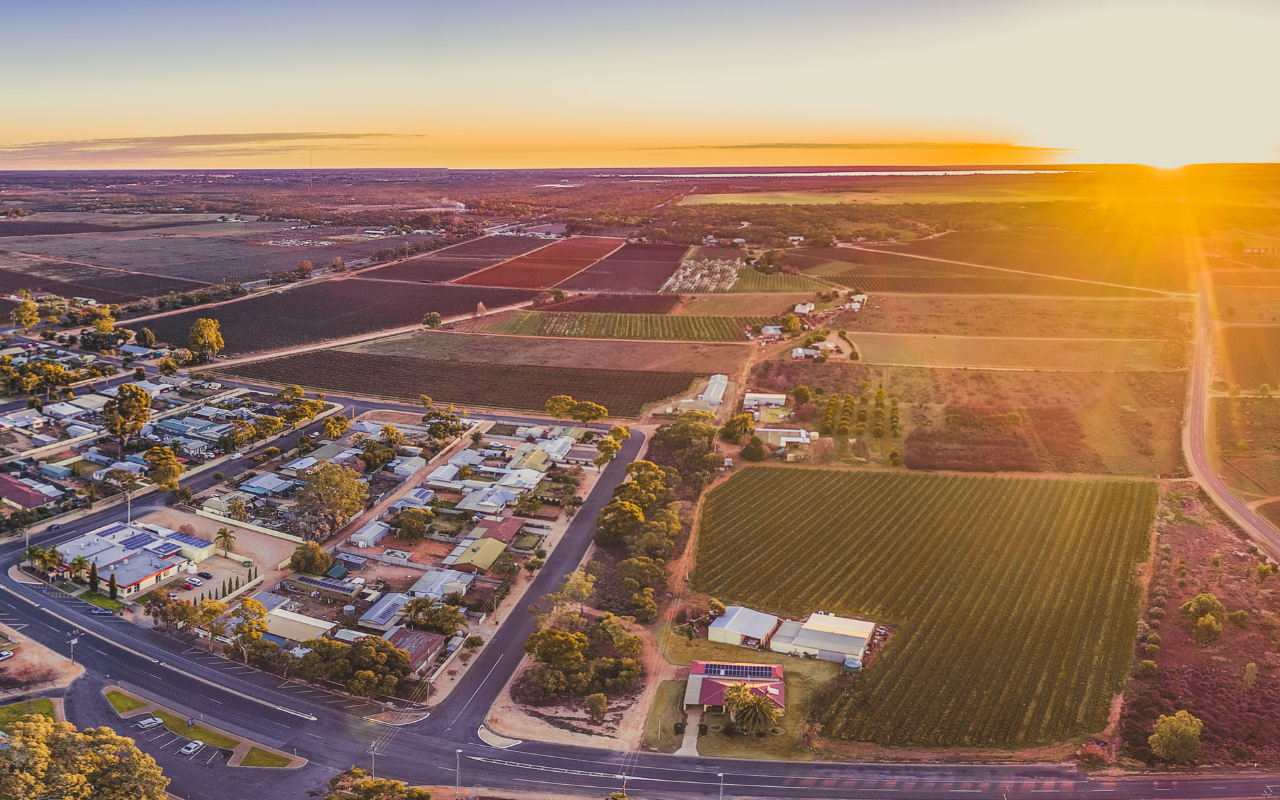City-centric health professional education is not helping to produce an equitably distributed health workforce, writes the National Rural Health Commissioner.
Training junior doctors in large teaching hospitals in Australia’s cities results in more doctors choosing to stay and work in metropolitan areas, rather than moving to practise in rural and remote areas, according to the National Rural Health Commissioner.
More can be done within medical and health professional education models to address shortages in the rural and remote health workforce, the National Rural Health Commissioner writes in a Medical Journal of Australia supplement published today.
The supplement, titled Building a rural and remote health workforce with place-based education, was coordinated by National Rural Health Commissioner Adjunct Professor Ruth Stewart.
Adjunct Professor Stewart has held the position of National Rural Health Commissioner for three years, bringing more than 30 years’ experience as a rural generalist and obstetrician to the role.
The Office of the National Rural Health Commissioner is a statutory office, independent of the Minister for Health and Aged Care and the federal Department of Health and Aged Care.
“For registered health professions in Australia, the number of employed full-time equivalent clinicians decreases on a per head of population basis the more remote the location is. In short, where the health need is greatest, there is the lowest supply of health professionals,” Adjunct Professor Stewart writes in her opening Editorial.
“Over the past 30 years, successive Australian governments have implemented policies to address these challenges and disparities.
“This MJA supplement focuses on policy interventions at the tertiary education phase of health professionals’ training pipeline.
“It is at this point where interventions are proving to increase the number of rural and remote based health professionals.”

Inequities in the spotlight
The supplement includes lessons from the Rural Health Multidisciplinary Training program (RHMT), reflections on training pathways back to Country, an international perspective on producing a fit-for-purpose rural and remote health workforce, and case studies of the impact of RHMT investment on individual careers.
“In this supplement, there is an accumulation of evidence that metropolitan-focused health professional education has not provided an equitably distributed health workforce and that we now know what can be done in health education to drive an equitable balance of workforce,” Adjunct Professor Stewart writes.
Adjunct Professor Stewart argued it is time to acknowledge the limitations of the educational model that has focused on large institutions in big cities.
“Knowing that teaching in rural and remote communities can deliver a rural workforce, we now have a mandate and the roadmap to expand the RHMT program and make health professional education socially accountable in the creation of graduates who practise evidence-based health care where they are most needed,” Adjunct Professor Stewart writes.
Priority areas identified
In a Perspective, Professor Richard Murray, Immediate Past President of Medical Deans Australia and New Zealand, and co-author Ms Helen Craig, Chief Executive Officer of Medical Deans Australia and New Zealand, call for four priority actions as initial reforms.
The first action proposed is to expand professional entry medical training in regional Australia.
“The evidence on entirely regionally based programs vis-a-vis substantial rural placements is still emerging,” the authors write.
“However, improving access to medical programs for students and graduates wishing to be rurally based during their training offers additional benefits, and both models should be supported.”
Secondly, the authors argue for greater investment in the primary care sector as a quality teaching, training and research system.
“This is essential if the aspiration to ‘make primary care a first choice career’, noted in the Strengthening Medicare Taskforce report, is to be realised,” they said.
The third action suggested by the authors is scaling up intern and junior doctor posts in primary care settings and rural locations, aligned with the boost to graduate supply.
“Selection into specialty training programs needs to preference rural experience and ensure strong rural trainee support and professional networks,” they write. “Trainees need to know that going rural does not mean going it alone.”
Finally, the authors call for the establishment of integrated regionally based postgraduate training capacity via regional training collaboratives.
“Building on the Regional Training Hub initiative, regional training collaboratives would leverage two decades of investment in regional medical training,” the authors write.
“They would also enable stronger connections with regional hospital medical education units and with GP and non-GP specialty training.”
The authors state that a boost to regional graduate supply that is aligned with rural, primary care and community-based training and capacity building “will be a key reform in producing medical graduates more aligned to future community need”.
“Leadership, collaboration and a focus on outcomes will be key to delivering on the intent of this investment in Australia’s future health care,” they write.
Listen to Adjunct Professor Ruth Stewart and Professor Richard Murray’s podcast with the Medical Journal of Australia.
Read the supplement in the Medical Journal of Australia.
Subscribe to the free InSight+ weekly newsletter here. It is available to all readers, not just registered medical practitioners.

 more_vert
more_vert
The rural training is so fenced off that one could cynically wonder if the magnitude of the problem is as immense as oft stated. If the powers that be were not so fussy re training requirements, perhaps more city trained specialists and G.P.s would opt for a mid-life or late-life change to rural general practice. Procedural skills and experience related nous never goes astray in the country. As it is, there is no radical new thinking as to how to solve the shortage.